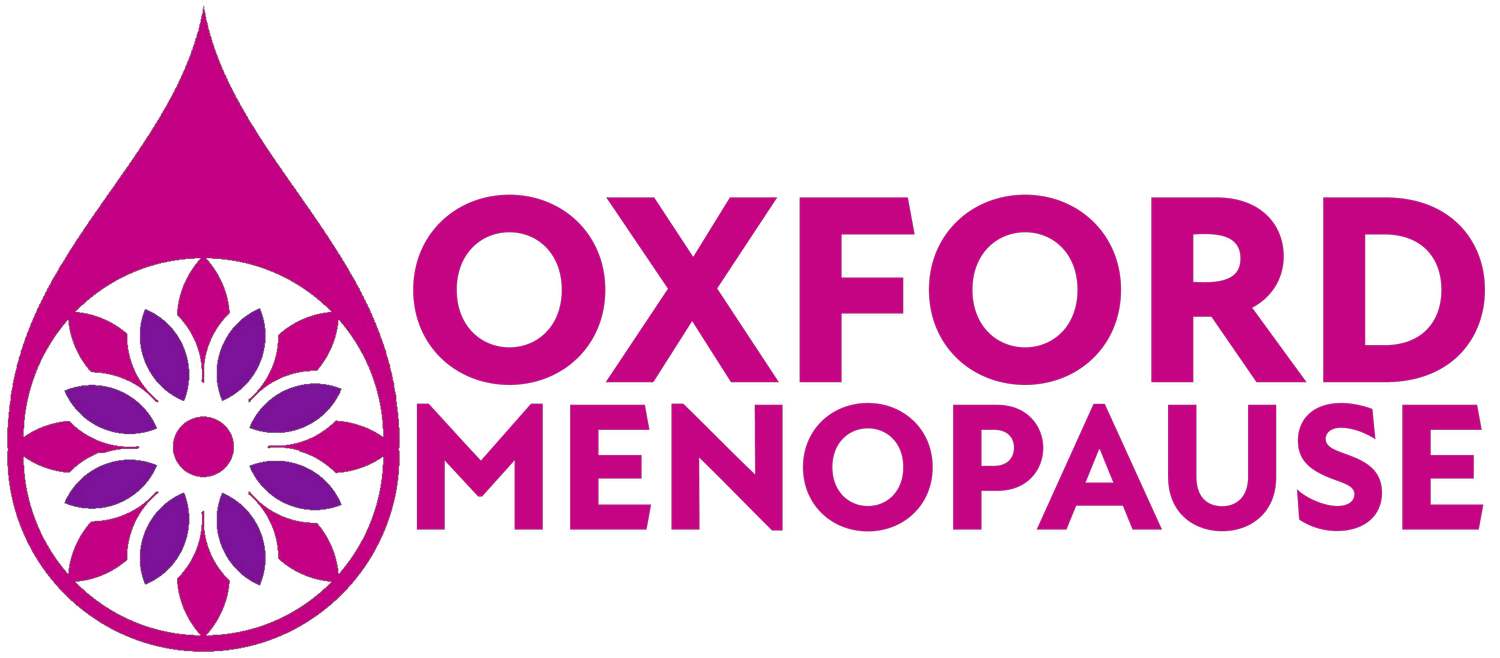Testosterone Therapy
Introduction
Women naturally produce oestrogen, progesterone and testosterone. The ovaries produce most of the oestrogen during the years leading up to menopause and substantially less post-menopause. Progesterone is produced after ovulation and stops once menstruation ceases and at the menopause.
Testosterone in women is produced by the ovaries and adrenal glands (small glands above the kidneys). Testosterone blood levels peak at the age of 20 and slowly decline with time. Testosterone is involved in preservation of bone density, has a positive effect on libido, sexual arousal and response, cardiovascular health, cognition and maintains energy levels. Testosterone therapy is often given to women already taking hormone replacement therapy (HRT) who have persistent symptoms as described above, especially reduced libido.
Women who have undergone a ‘surgical menopause’ (ovaries removed) or those with premature ovarian insufficiency (menopause before age 45) are most likely to experience testosterone deficiency as the ovaries produce the majority of testosterone in the body.
Diagnosis of testosterone deficiency
Clinical symptoms such as low mood, reduced motivation, fatigue, sexual dysfunction (low libido, sexual arousal and enjoyment), reduced muscle strength and changes in cognition/memory are usually the most indicative of testosterone deficiency and your menopause specialist will take a detailed clinical and sexual history to elicit these and look at other issues which may affect your symptoms (for example psychological issues, other medical conditions such as diabetes, thyroid disease, vaginal dryness/soreness, other medication, smoking, alcohol, exercise).
Your specialist will also check your blood level of testosterone and sex hormone-binding globulin (SHBG). SHBG is a protein in the blood which transports hormones around the body. Up to 99% of testosterone produced in the body is loosely attached to SHBG. In this form, testosterone is inactive and cannot enter cells. Testosterone not attached to SHBG is available and free to act on cells throughout the body, this is why the menopause team check both testosterone and SHBG in order to calculate the Free Androgen Index (FAI), this enables them to monitor therapy as we are aiming to keep the FAI below 5% which is appropriate for women. Higher levels are associated with adverse side effects which will be discussed later.
Treatment
Testosterone is applied as a cream which you rub into your skin so the hormone is absorbed directly into your bloodstream. Testosterone levels return to the normal range for women. You should use a small amount of the gel/cream as prescribed into the skin on your lower abdomen or outer thigh. You are advised to wash your hands thoroughly after using it. It can take a few months for the full benefits of testosterone to work and for you to notice an improvement.
Oxford Menopause recommends the use of Androfeme, this is available on prescription privately and is designed to deliver the correct dose (5mg daily) for a woman. One tube of cream contains around 100 doses of testosterone. The cost of a tube is around £80.
Side effects
Most women have no side effects of testosterone treatment as it is merely replacing the testosterone that you are not already producing. Occasionally women notice some increase in hair growth where the gel/cream has been rubbed in, this can be avoided by changing the place where you rub the gel/cream into regularly. Testosterone at the low dose prescribed by your specialist and used correctly rarely increases your risk of developing facial hair, voice change (deepening) or skin changes such as acne. Your specialist will monitor your blood levels (FAI) regularly to reduce the risk of side effects developing.
Therapy duration
If women notice an improvement in the symptoms mentioned within 3-6 months, testosterone therapy can be continued with regular monitoring, your specialist will advise about the frequency of monitoring blood tests. If there is no clinical improvement at 6 months, therapy will be discontinued.
Testosterone therapy can be reduced/stopped without any significant issues, we would advise if women wish to wean/reduce HRT and they are also using testosterone that they reduce and stop the testosterone first before weaning/stopping any HRT.
